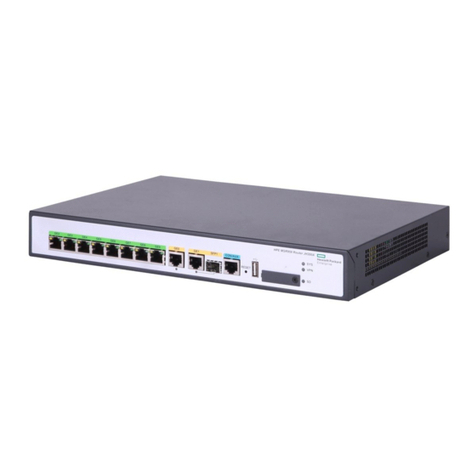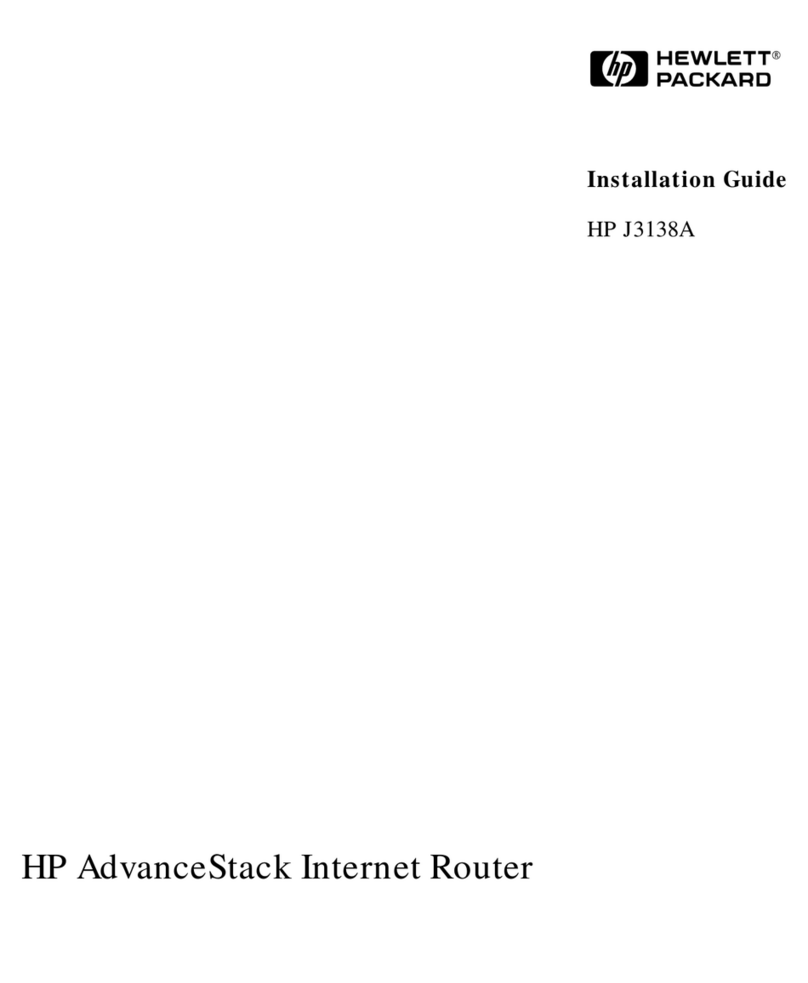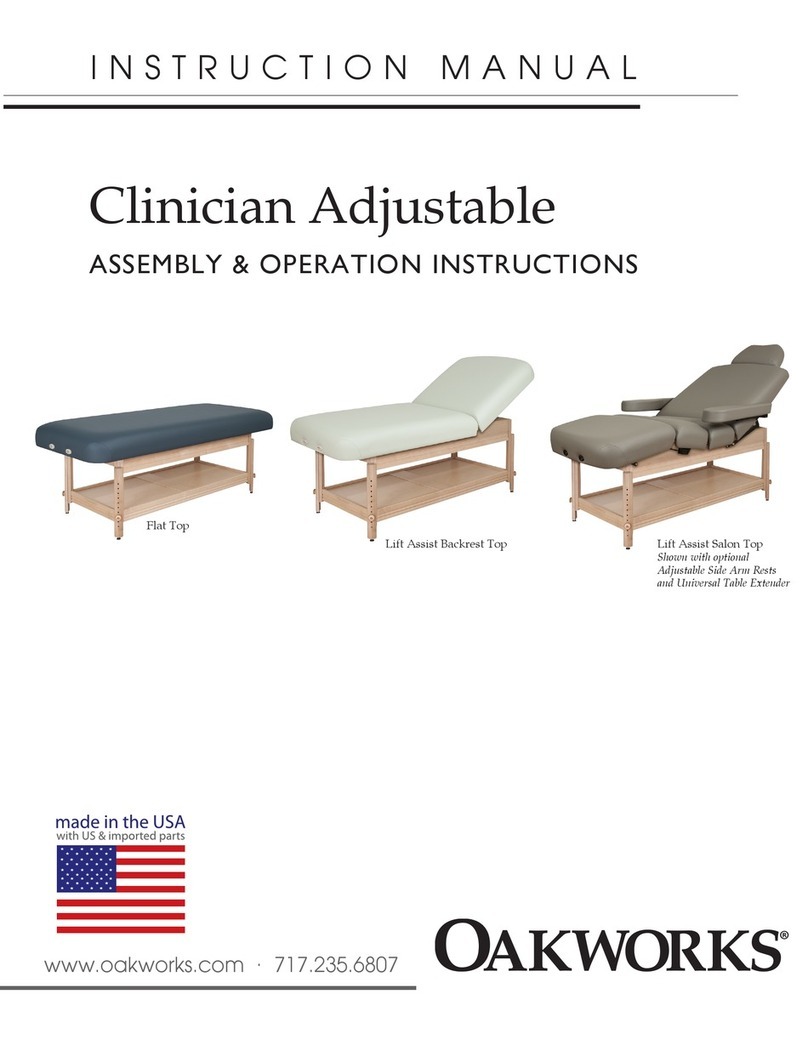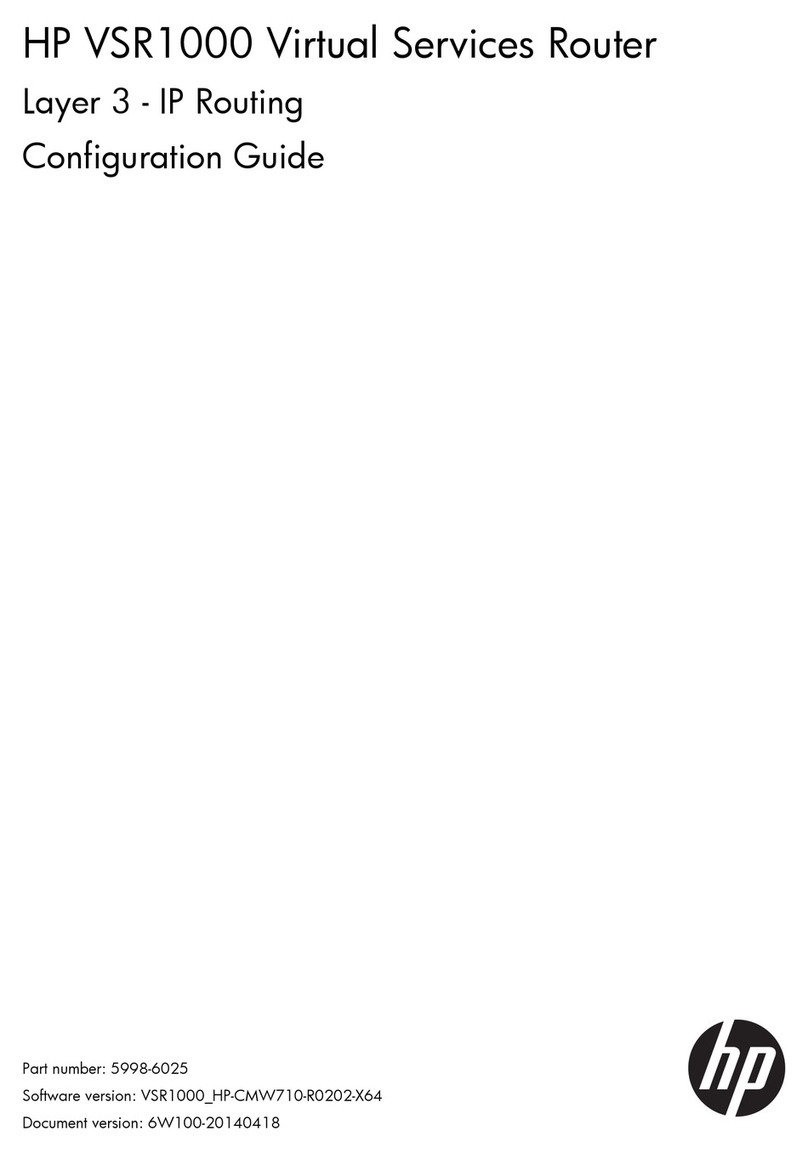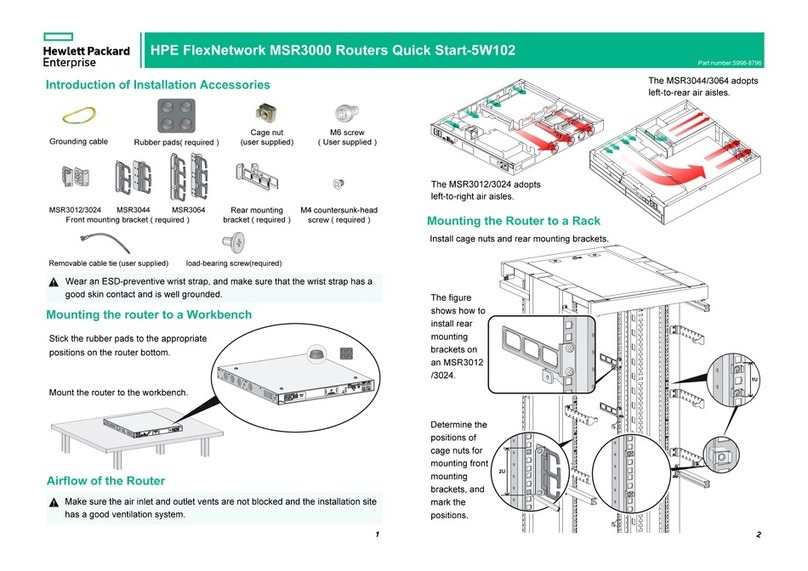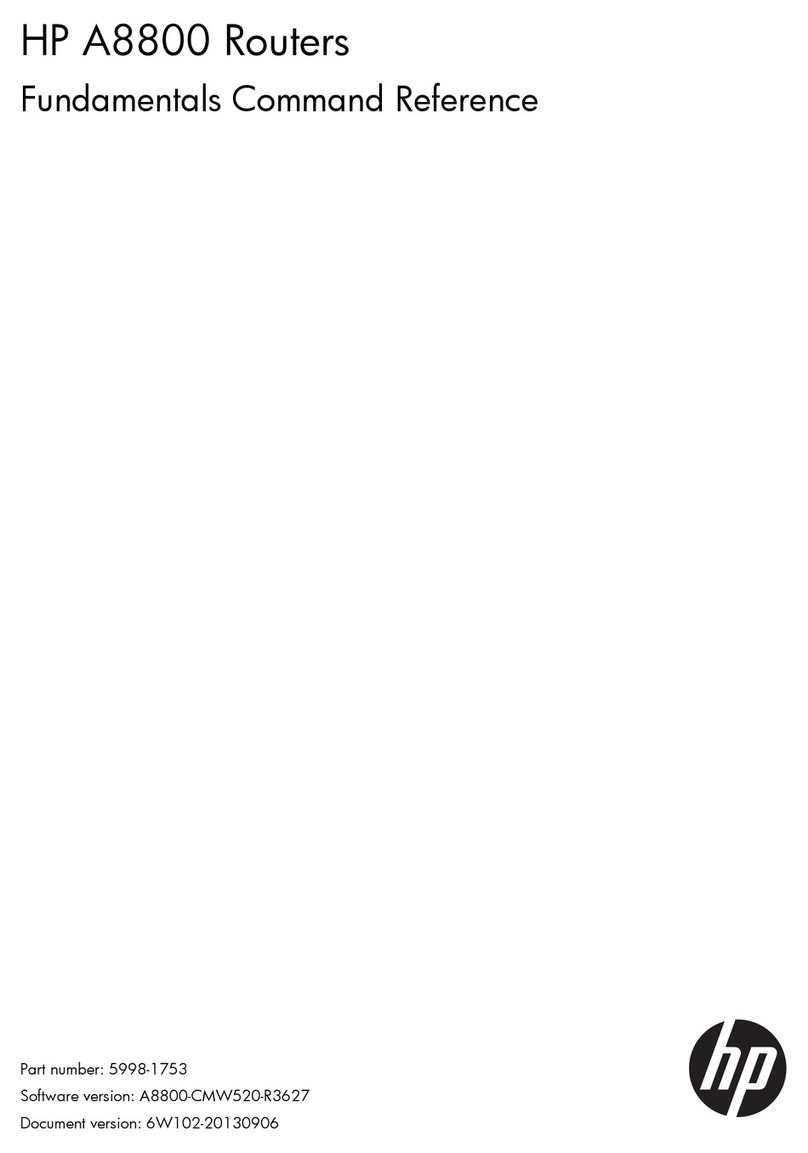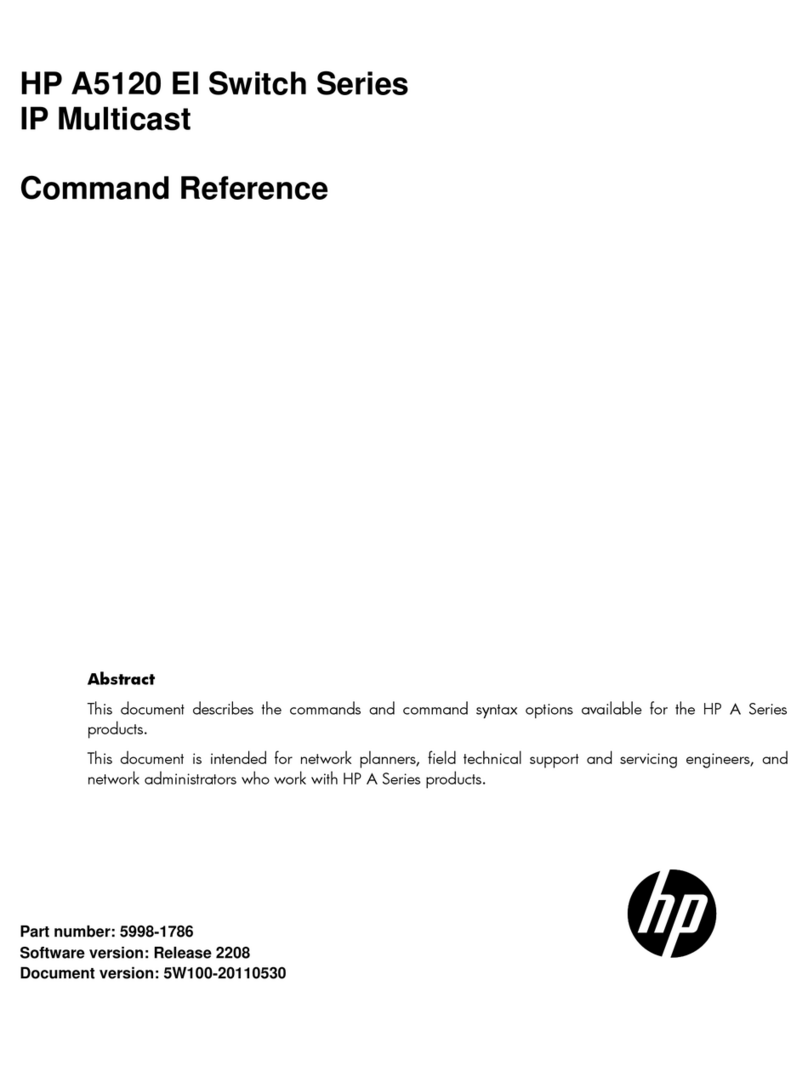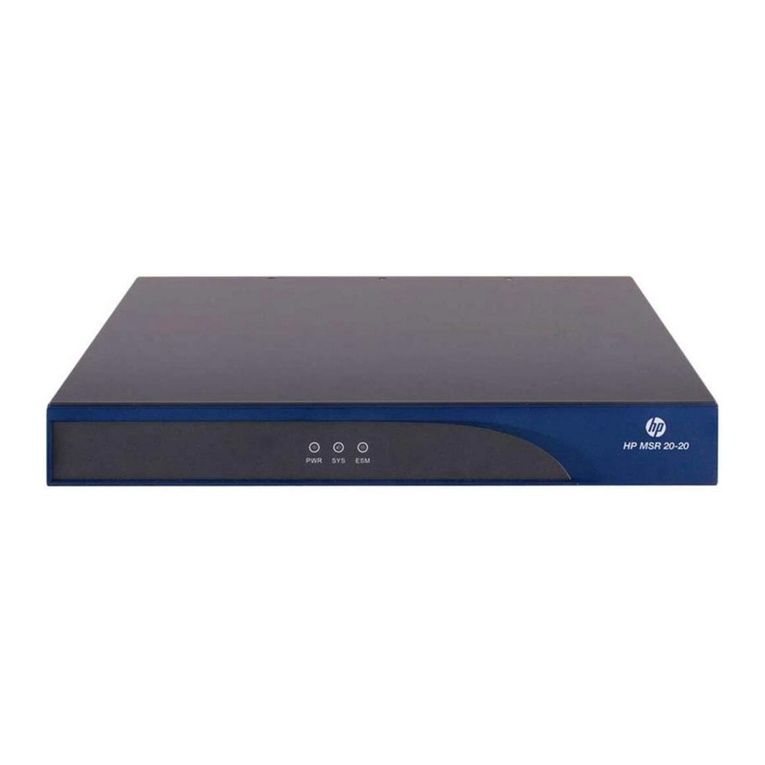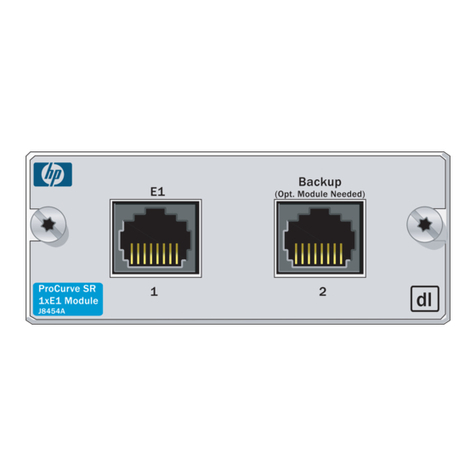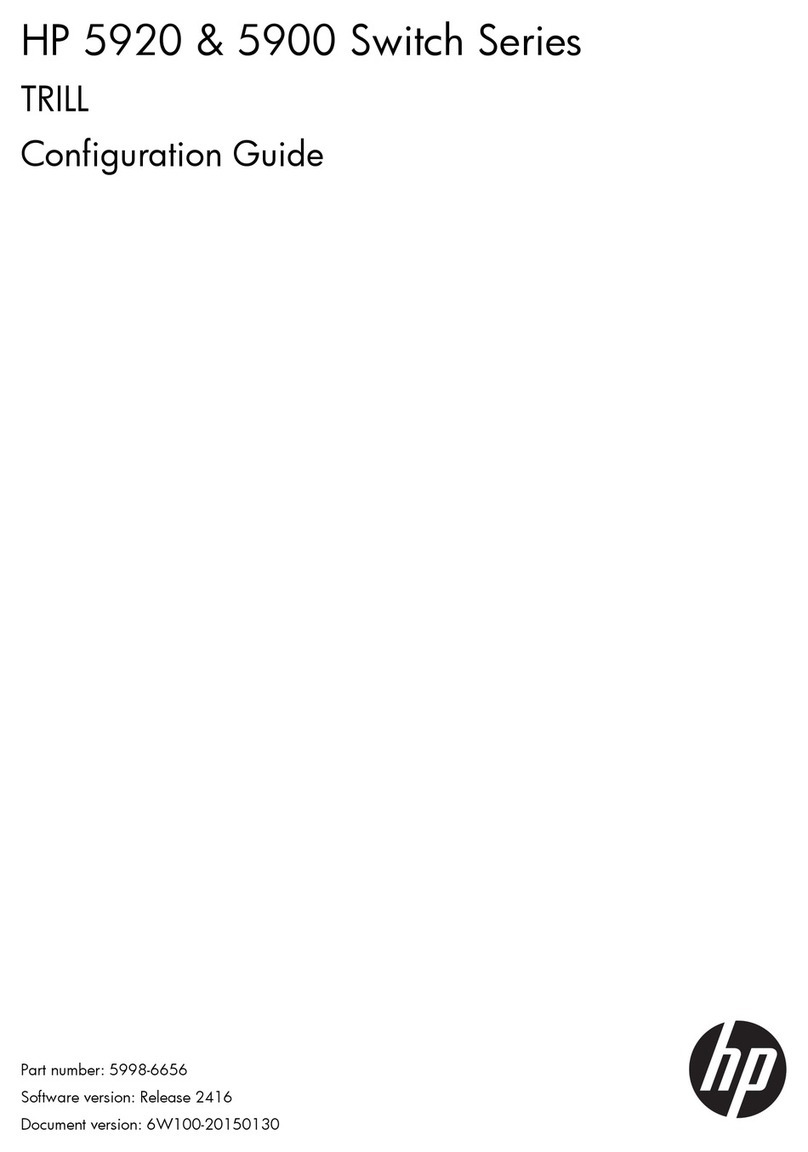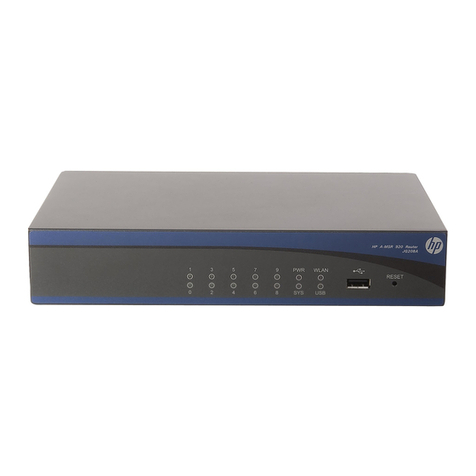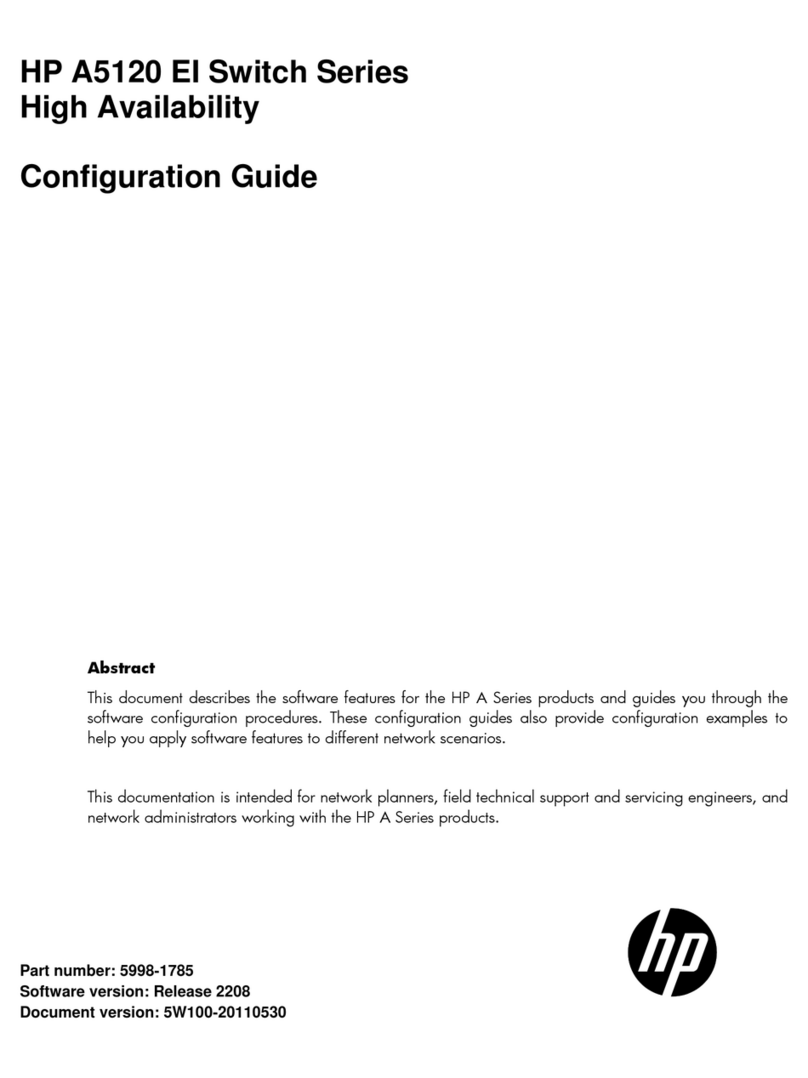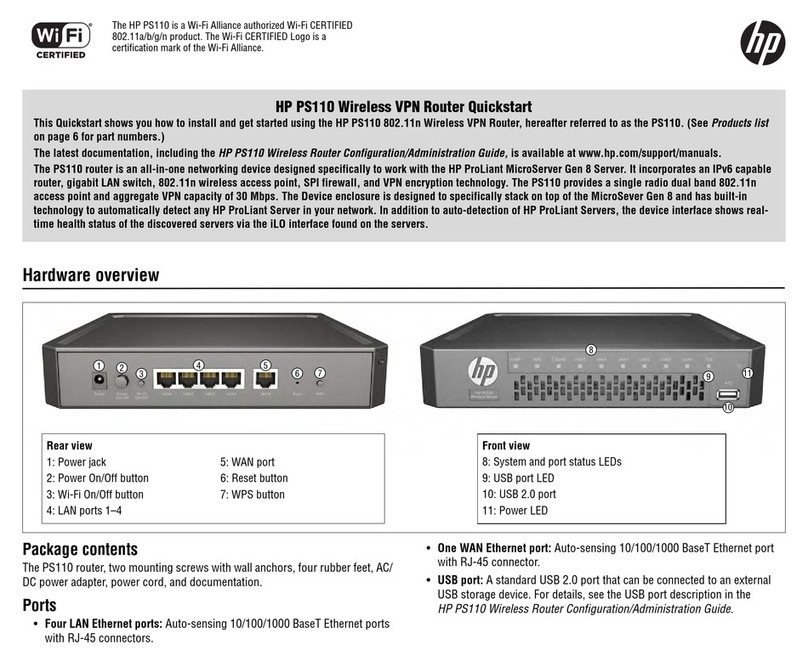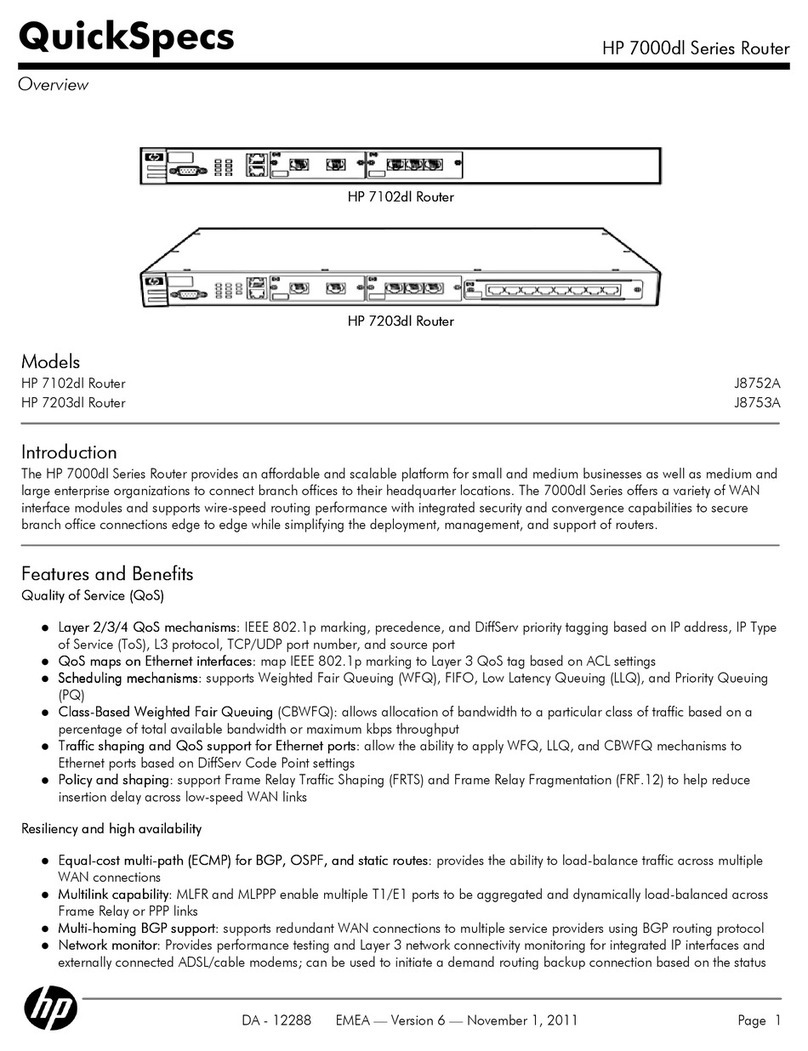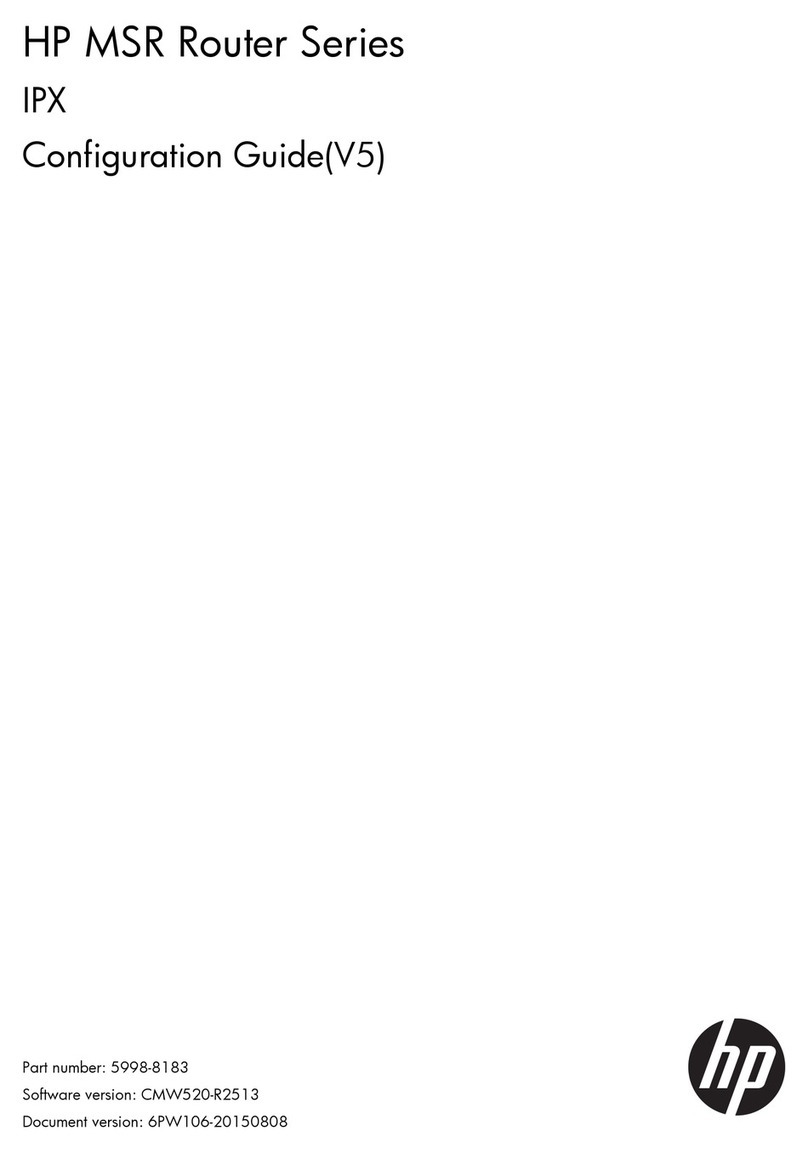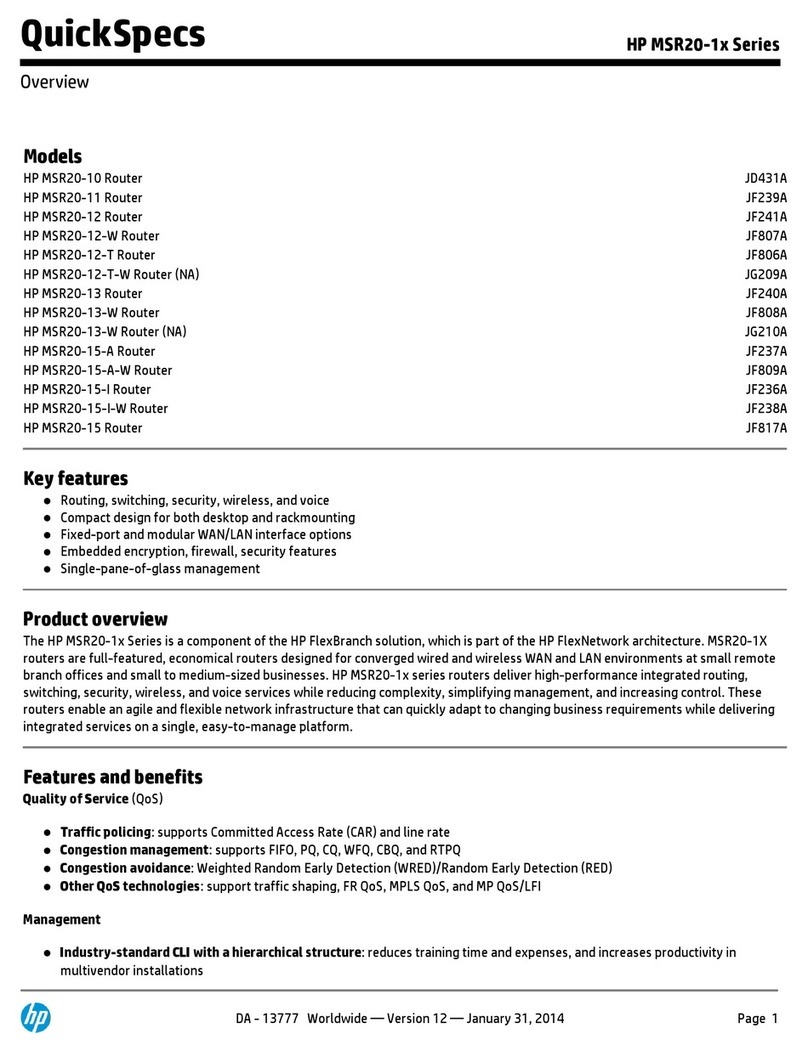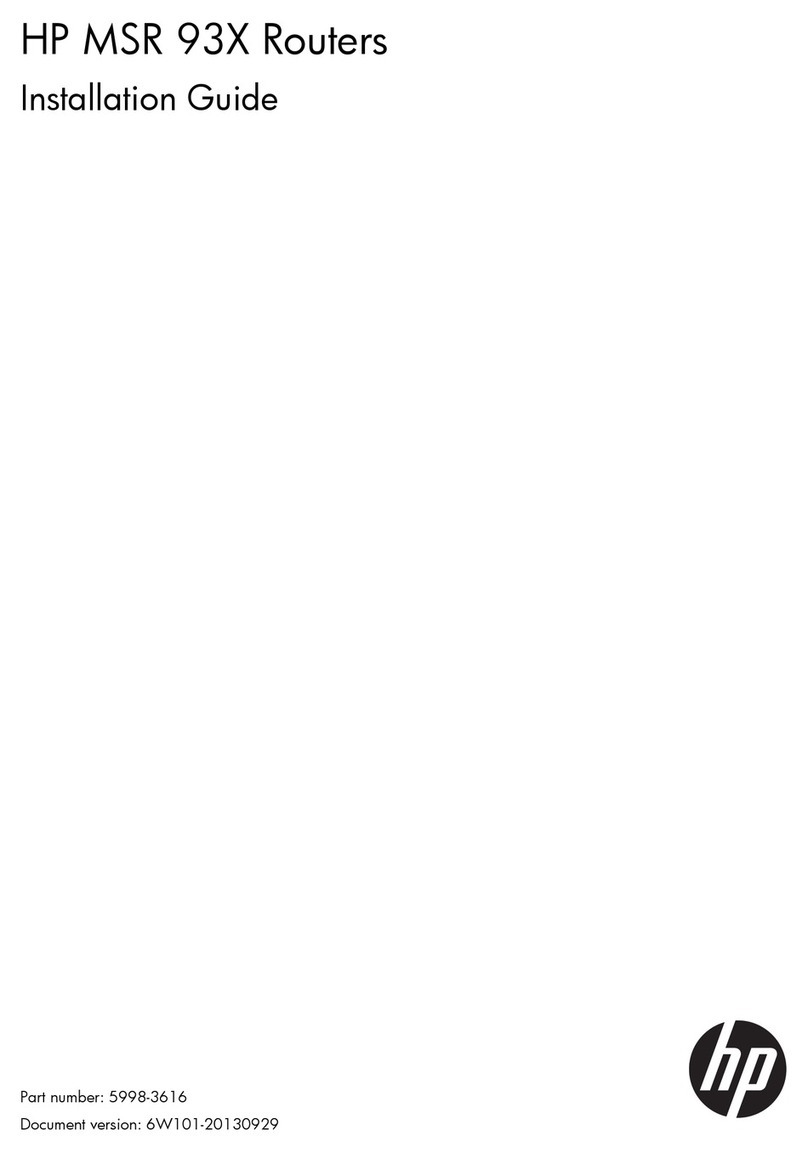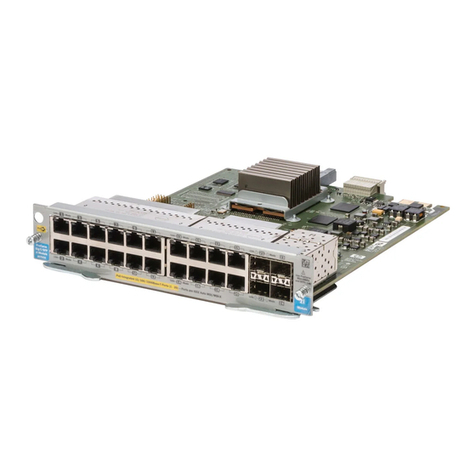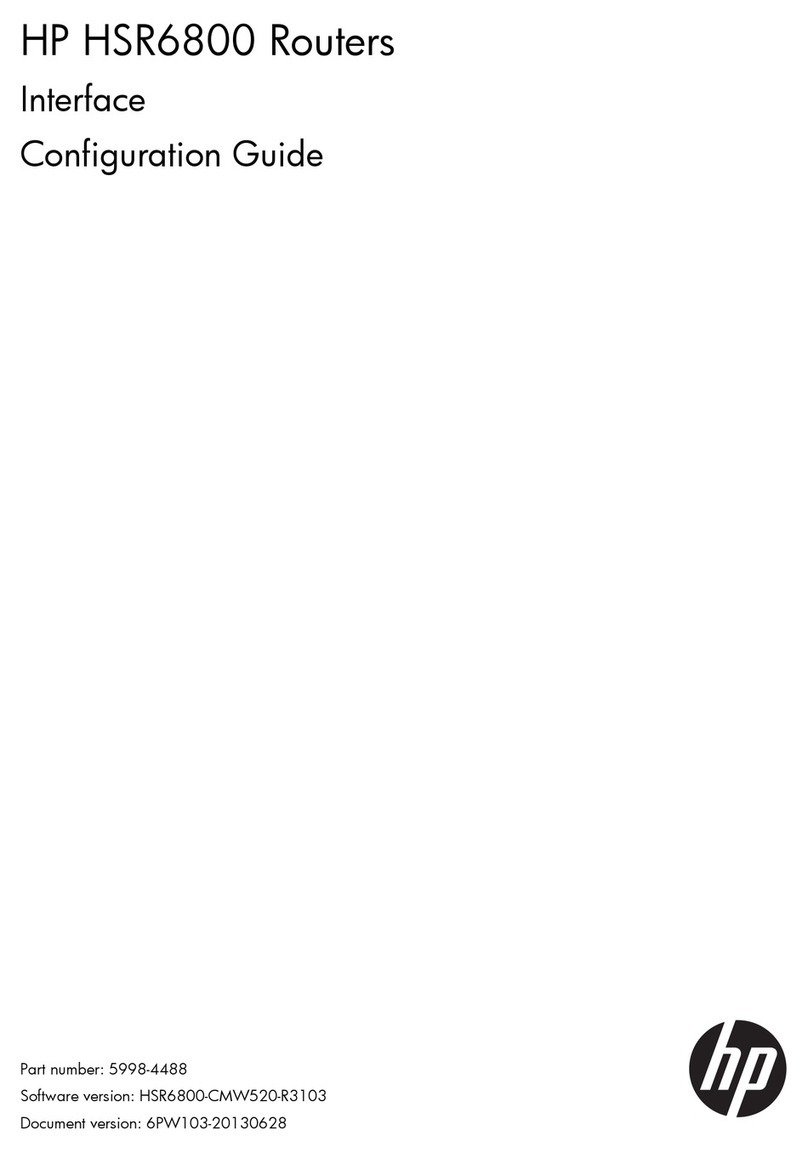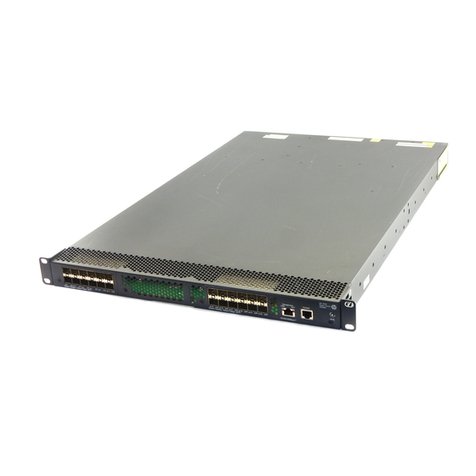
Applying the QoS policy to the control plane···································································································· 24
Applying the QoS policy to the management interface control plane ···························································· 25
Configuring the QoS policy-based traffic rate statistics collection period for an interface···································· 25
Displaying and maintaining QoS policies ·················································································································· 26
Configuring priority mapping ···································································································································28
Overview········································································································································································· 28
Introduction to priorities········································································································································ 28
Priority maps ·························································································································································· 28
Priority mapping configuration tasks ··························································································································· 29
Configuring an uncolored priority map······················································································································· 29
Configuring a port to trust packet priority for priority mapping ··············································································· 30
Changing the port priority of an interface ·················································································································· 30
Displaying and maintaining priority mapping············································································································ 30
Port priority configuration example······························································································································ 31
Network requirements··········································································································································· 31
Configuration procedure ······································································································································ 31
Priority mapping table and priority marking configuration example ······································································· 32
Network requirements··········································································································································· 32
Configuration procedure ······································································································································ 33
Configuring traffic policing, GTS, and rate limit ·····································································································35
Overview········································································································································································· 35
Traffic evaluation and token buckets··················································································································· 35
Traffic policing······················································································································································· 36
GTS ········································································································································································· 37
Rate limit································································································································································· 37
Configuring traffic policing··········································································································································· 38
Configuring traffic policing by using the MQC approach ··············································································· 38
Configuring traffic policing by using the non-MQC approach ········································································ 39
Configuring GTS ···························································································································································· 40
Configuring GTS by using the MQC approach································································································· 40
Configuring GTS by using the non-MQC approach ························································································· 41
Configuring the rate limit ·············································································································································· 42
Displaying and maintaining traffic policing, GTS, and rate limit············································································· 42
Traffic policing and GTS configuration example········································································································ 43
Network requirements··········································································································································· 43
Configuration procedure ······································································································································ 43
IP rate limit configuration example······························································································································· 44
Network requirements··········································································································································· 44
Configuration procedure ······································································································································ 45
Configuring congestion management ······················································································································46
Overview········································································································································································· 46
FIFO ········································································································································································ 47
WFQ······································································································································································· 47
CBQ········································································································································································ 48
Congestion management technique comparison······························································································· 49
Configuring the FIFO queue size·································································································································· 50
Displaying and maintaining FIFO ································································································································ 51
Configuring WFQ·························································································································································· 51
Displaying and maintaining WFQ······························································································································· 52
Configuring CBQ ··························································································································································· 52
Predefined classes, traffic behaviors, and policies···························································································· 52
Defining a class ····················································································································································· 53
Defining a traffic behavior ··································································································································· 53
2
